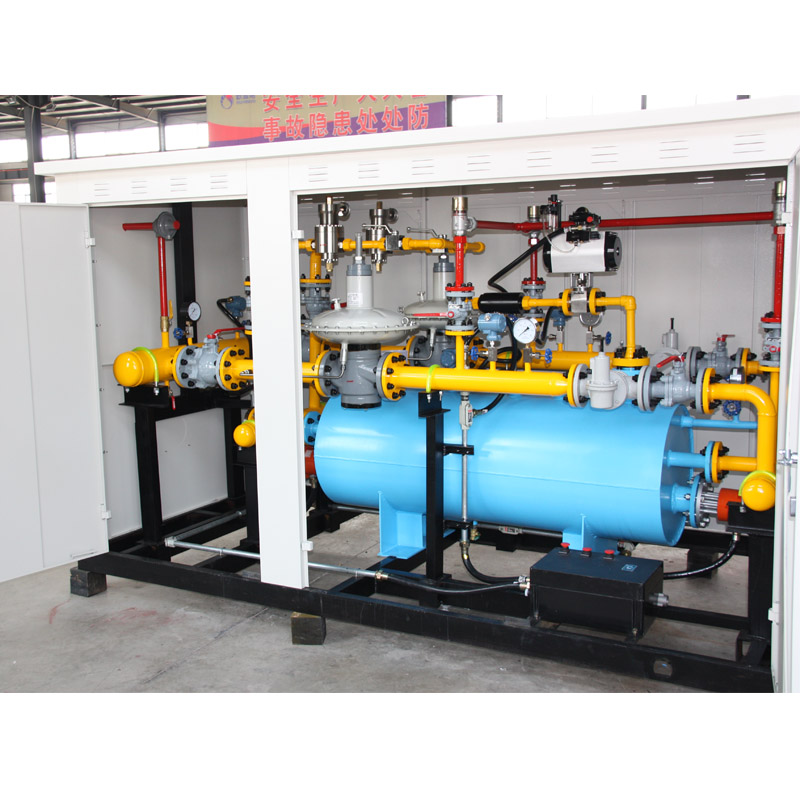
Dec . 16, 2024 17:52
Back to list
غاز البترول المسال
Liquefied Petroleum Gas An Overview
Liquefied Petroleum Gas (LPG) is a versatile and clean-burning fuel derived from natural gas processing and crude oil refining. It primarily consists of two hydrocarbons propane (C3H8) and butane (C4H10). These gases are compressed into a liquid state for easier storage and transportation, making LPG a popular choice for both residential and industrial applications worldwide.
One of the most significant advantages of LPG is its efficiency. It has a high calorific value, which means it can produce a large amount of energy from a relatively small volume. This efficiency makes it an attractive option for cooking, heating, and powering vehicles. In households, LPG is often used for cooking stoves, water heaters, and central heating systems, providing a reliable and stable energy source.
.
LPG's environmental benefits cannot be overlooked. When combusted, it emits lower levels of greenhouse gases compared to coal and oil. This makes it a cleaner alternative in efforts to reduce air pollution and combat climate change. Many countries have recognized the potential of LPG in their energy transition strategies, promoting its use to decrease reliance on more polluting fossil fuels.
غاز البترول المسال

Transportation and storage of LPG are facilitated by its liquefied form, which reduces its volume by approximately 270 times compared to its gaseous state. This property allows LPG to be stored in pressurized tanks and transported efficiently via pipelines, trucks, and ships. The widespread availability of LPG has led to its adoption in rural and remote areas, where access to conventional energy sources may be limited.
Despite its numerous benefits, the use of LPG is not without challenges. Safety concerns are paramount, as LPG is highly flammable and poses explosion risks if not handled properly. Therefore, storage facilities and appliances must adhere to strict safety regulations. Additionally, while LPG is cleaner than many other fossil fuels, it is still a hydrocarbon and contributes to carbon emissions, necessitating a careful approach in its utilization as the world moves towards sustainable energy solutions.
The market dynamics surrounding LPG are also evolving. With global energy trends shifting towards renewable energy sources, the role of LPG is being re-evaluated. Some see it as a transitional fuel that can aid in the move towards a more sustainable energy future. The development of bio-LPG, derived from biomass and waste materials, is a promising avenue that combines the benefits of LPG with renewable energy principles.
In conclusion, Liquefied Petroleum Gas is a crucial energy source that blends efficiency, versatility, and environmental benefits. As the world grapples with energy needs and climate change, LPG stands at a crossroads, playing a dual role as a traditional fuel while also paving the way towards more sustainable alternatives. Proper management, safety measures, and a commitment to innovation will be essential for maximizing the benefits of LPG in the future.
Next:
Latest news
-
Safety Valve Spring-Loaded Design Overpressure ProtectionNewsJul.25,2025
-
Precision Voltage Regulator AC5 Accuracy Grade PerformanceNewsJul.25,2025
-
Natural Gas Pressure Regulating Skid Industrial Pipeline ApplicationsNewsJul.25,2025
-
Natural Gas Filter Stainless Steel Mesh Element DesignNewsJul.25,2025
-
Gas Pressure Regulator Valve Direct-Acting Spring-Loaded DesignNewsJul.25,2025
-
Decompression Equipment Multi-Stage Heat Exchange System DesignNewsJul.25,2025

